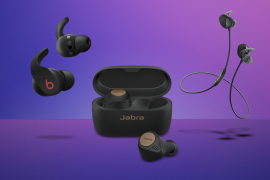iFi Go Pod review: only IEM lovers need apply
Ditches the cables, but not your pricy earphones
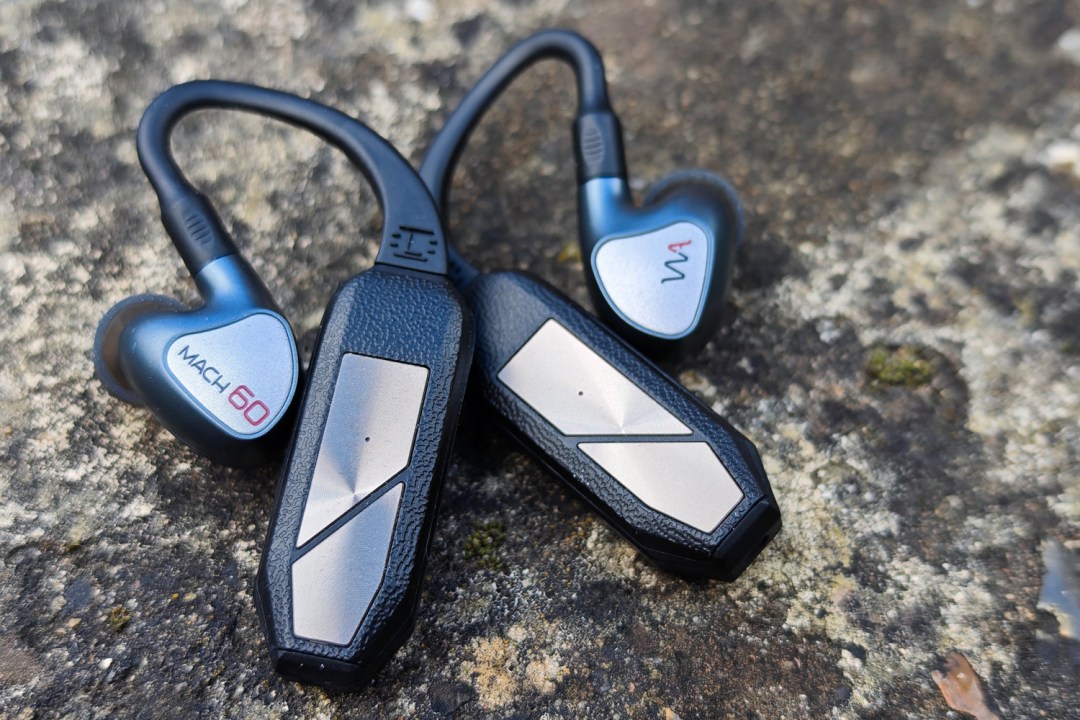
Stuff Verdict
A versatile wireless upgrade for owners of top-tier IEMs, which majors on compatibility and codec support – but the iFi Go Pod won’t convert non-audiophiles from more basic Bluetooth buds.
Pros
- Should work with any detachable IEMs
- Top notch Bluetooth codec support
- Decent battery life
Cons
- Charging case is huge
- Companion app is super basic
Introduction
On its lonesome, the iFi Go Pod is a pretty useless pair of wireless earbuds. That’s an odd way to start a review, I know. It’s because these hook-style headphones are more like a pair of wearable DACs, which don’t have drivers themselves and are designed to convert your existing wired in-ear monitors (IEMs) for wireless listening.
Audiophile-grade IEMs with multiple drivers and interchangeable cables can run into the thousands, so giving them a second life sans wires sounds rather appealing – especially if your music player of choice now foregoes a 3.5mm headphone port. iFi isn’t the first sound specialist to try this – but no rival can match the Go Pod’s extensive codec support and near-universal compatibility.
I’ve been testing the Westone IEM bundle, which ships with a pair of Westone’s six-driver Mach 60 IEMs in the box. These retail for a considerable sum by themselves, and will either paint the Go Pod in its best light – or reveal its shortcomings. So, which is it?
Review originally published 25 March 2024. Updated to reflect resolved issues with connectivity.
How we test headphones
Every pair of earphones and headphones reviewed on Stuff is used for a minimum of a week’s worth of daily listening. We use a playlist of test tracks made up of multiple genres to assess sound, and use our years of experience to compare to other models. Manufacturers have no visibility on reviews before they appear online, and we never accept payment to feature products.
Find out more about how we test and rate products.
Design & build: case in point
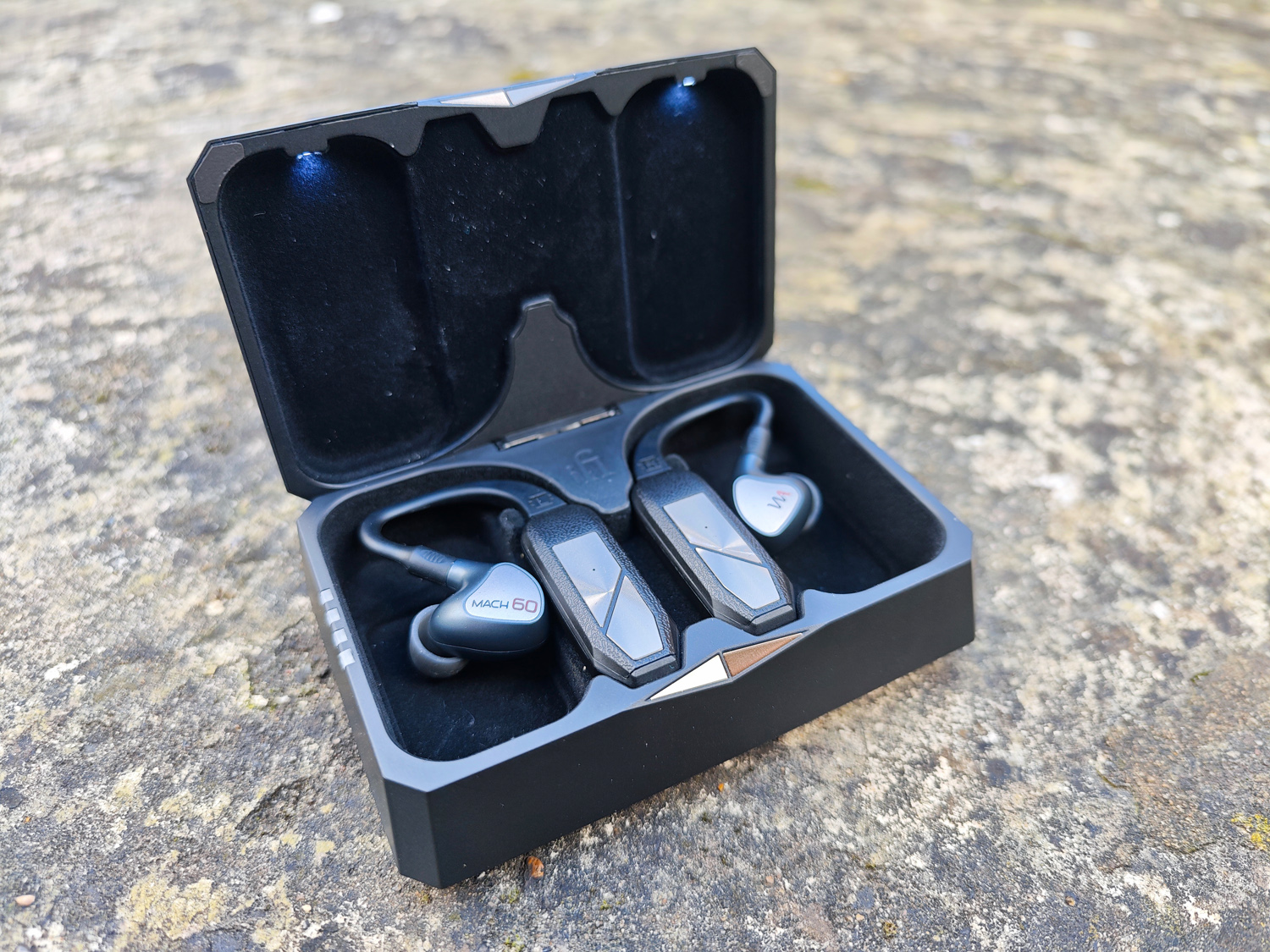
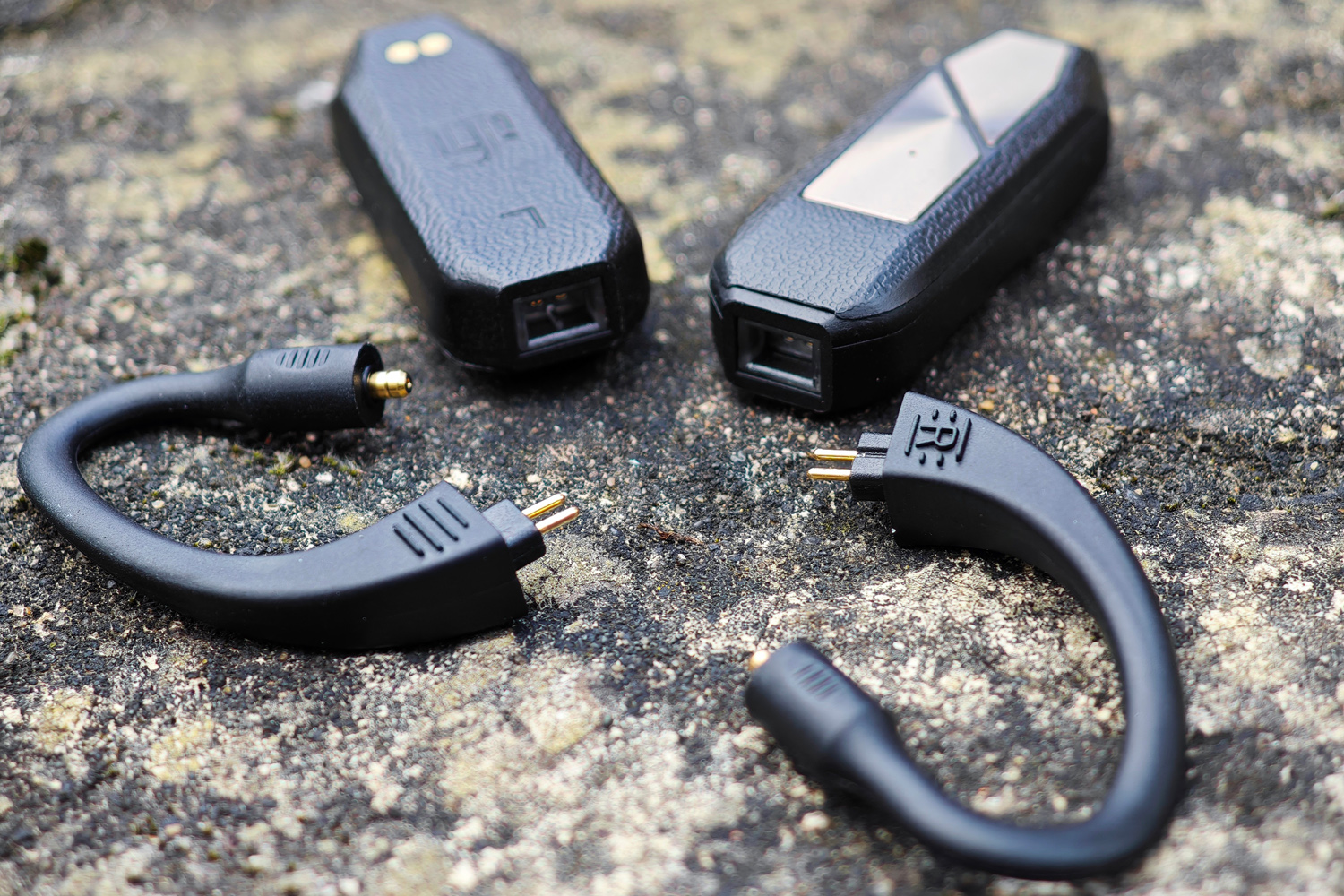
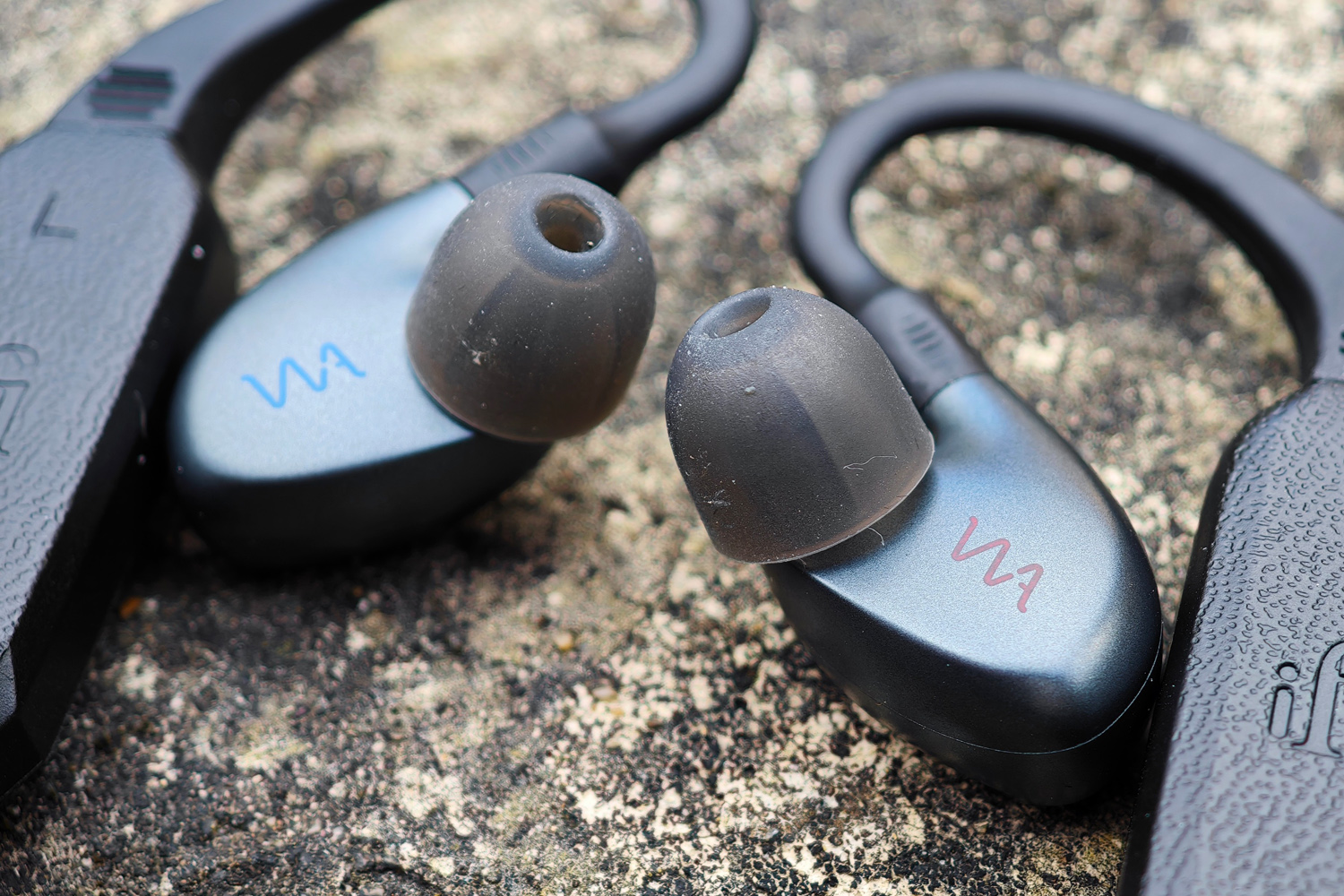
There’s no escaping it: the Go Pod’s charging case is absolutely massive. It filled my palm like a classic clickwheel iPod, and is twice as chunky. You absolutely won’t be sliding one of these in your pocket. But then it had to be so big, as to guarantee support for any and all IEM types.
iFi has at least made it look the part, with geometric styling and gold trim to match the Pods themselves. Open the lid and neat little down-firing LEDs illuminate your IEMs rather beautifully. The whole thing is lined with what feels like suede. It has real jewellery box vibes, with enough extra room you could probably fit a second pair of IEMs in there if you wanted. The Pods are held firmly in place with magnets, and all but impossible to seat in a way that means they don’t make contact with the charging pins.
Each pod has a rectangular main body and a detachable stem, which wraps over your ear and gives your IEM something to plug into. iFi makes them with a bunch of different connections, to support practically every type of detachable in-ear monitor. They lock firmly in place and hold the IEM tightly, so I never worried about them coming apart while I was listening to them, even while jogging. I’d have liked if they were a bit more malleable; there’s a good amount of flex but you can’t bend them to perfectly match the contour of your ear.
They don’t look like the last word in comfort, with rivals from the likes of Shure having much sleeker styling, but I could happily wear the Go Pods for hours at a time. The stems stayed in place securely, didn’t get in the way of my glasses, and the main units largely lurked behind my ears where I couldn’t feel them.
The pods are IPX5 rated, which is good enough to shrug off sweat or a short rain shower. Whether the IEMs you’ve plugged into them are quite so hardy is another matter.
Features & battery: how touching
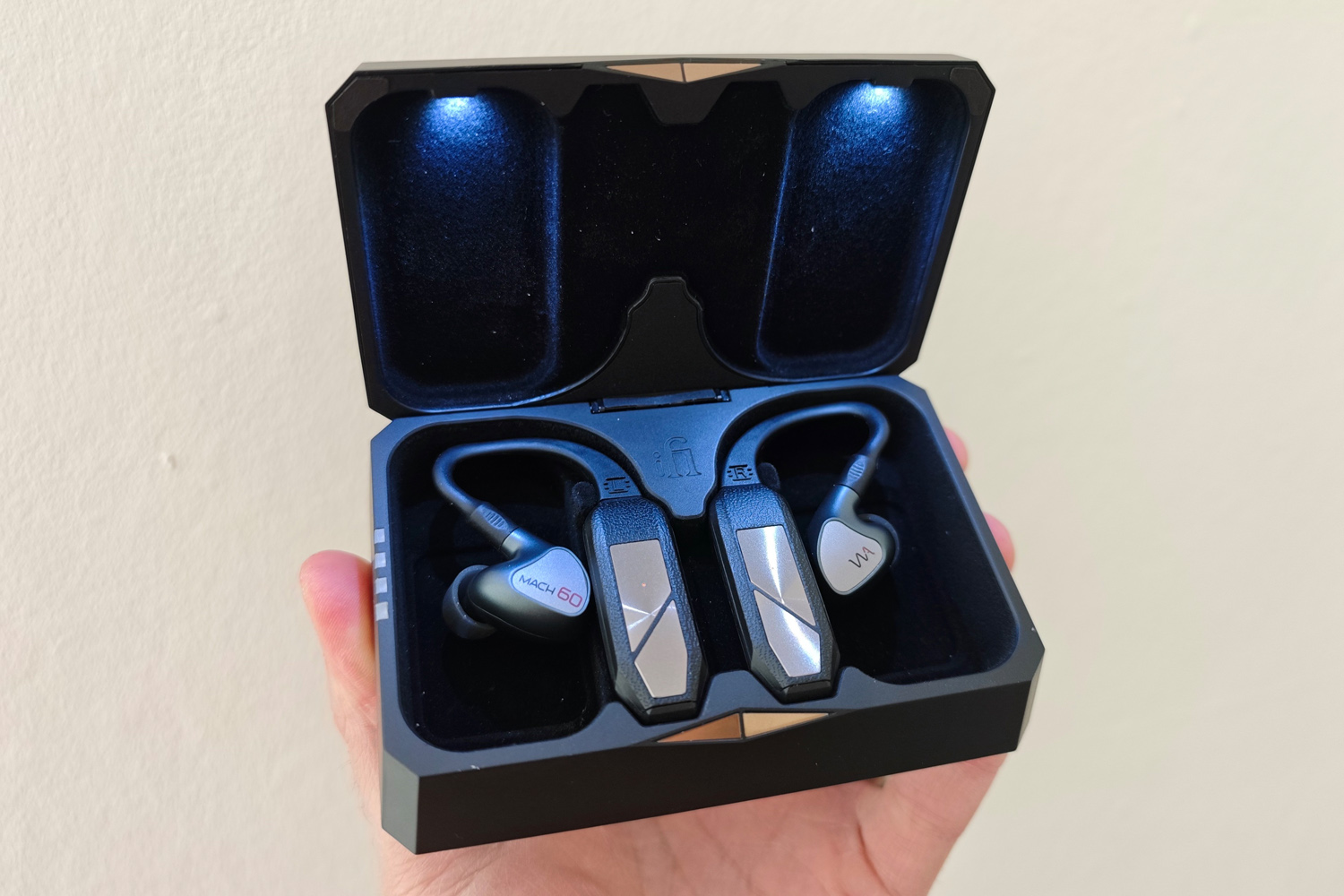
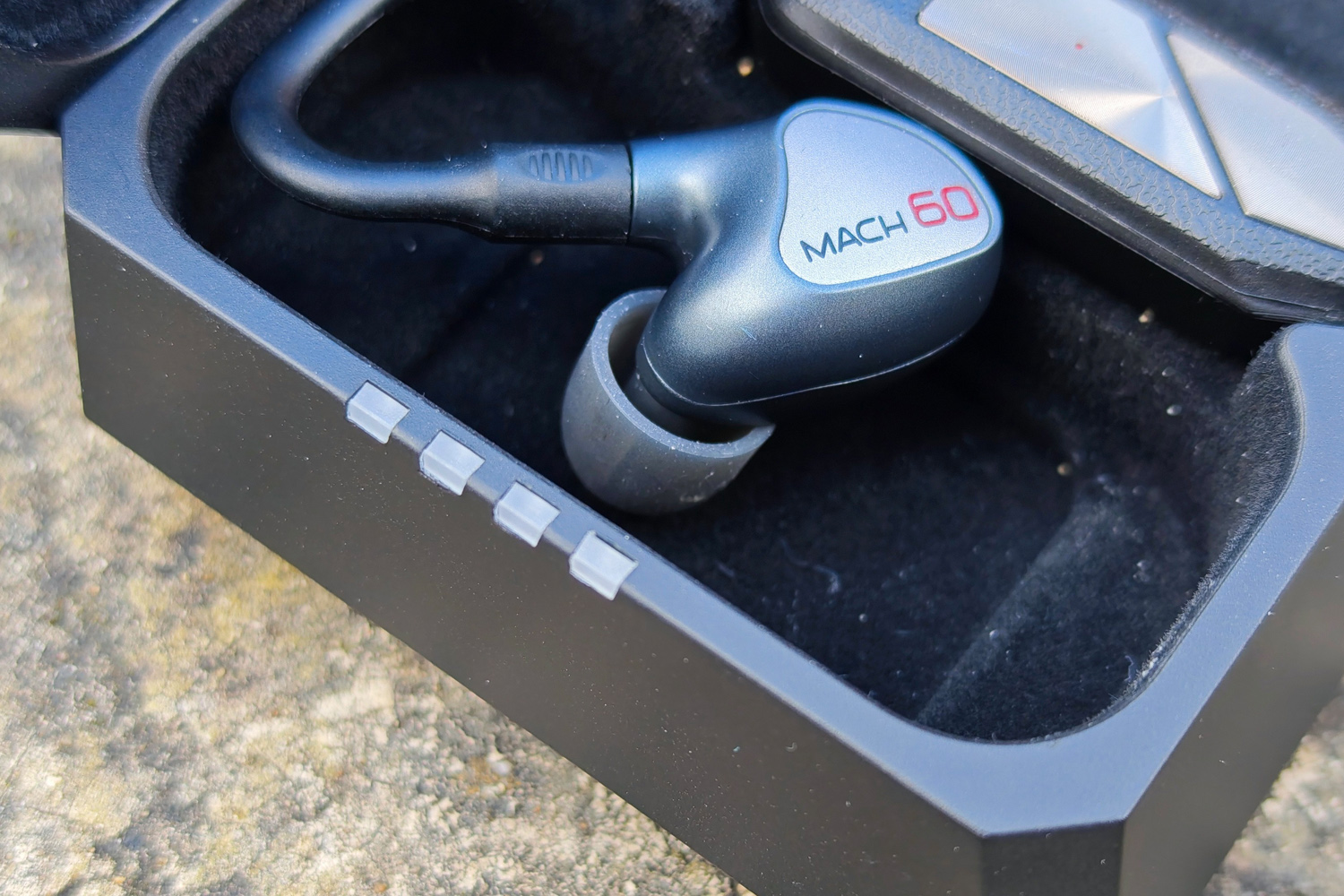
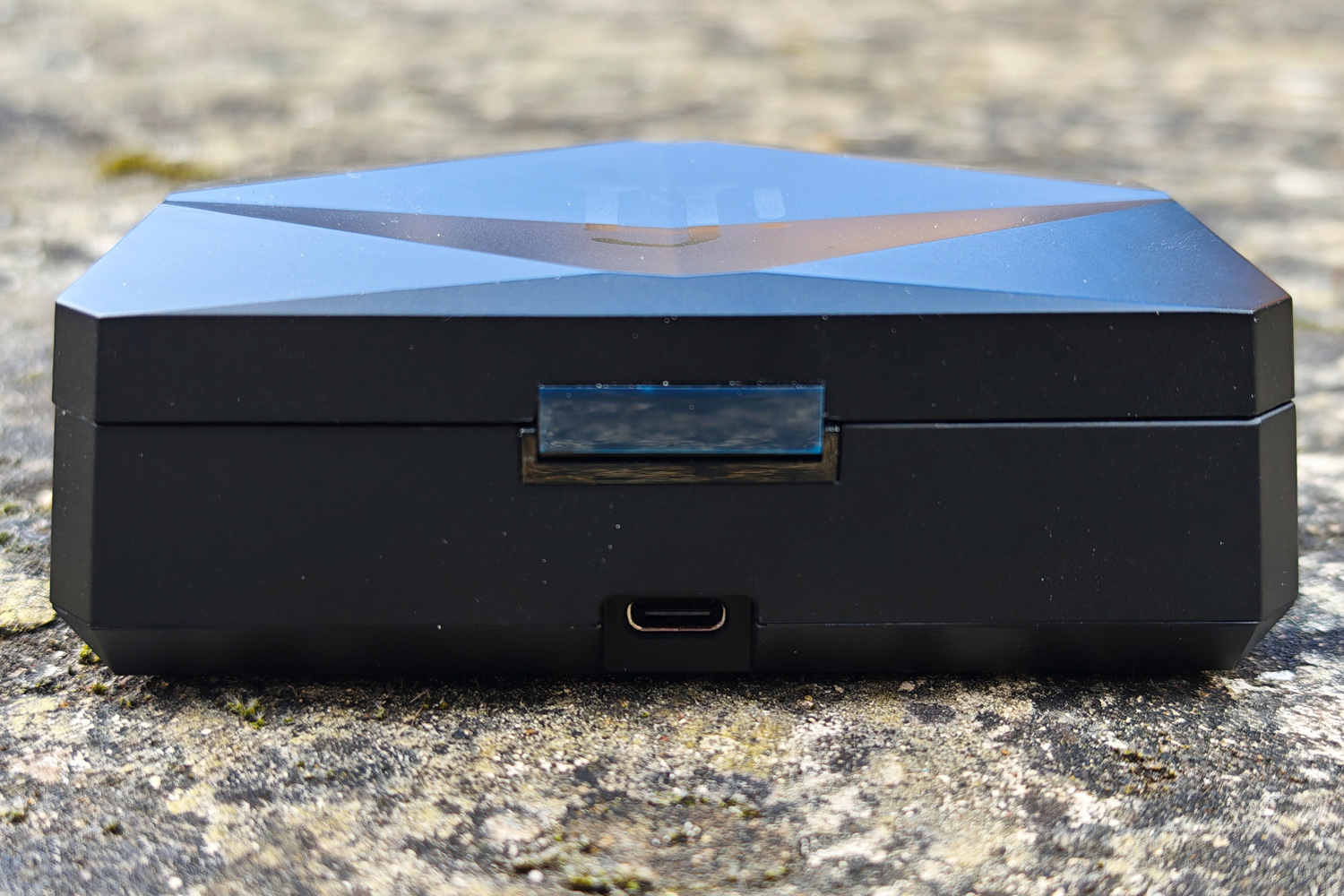
With the bulk of each Go Pod being behind my ear, it took me a while to remember to reach back to pause or skip tracks rather than tapping the IEM shell. It recognises the usual single/double/triple taps for pausing, skipping forwards, and skipping backwards. Pressing and holding either increases (right ear) or decreases (left ear) the volume.
I like that iFi has added a built-in microphone for voice calling, even if quality is merely fine. The Qualcomm chipset does a bit of background noise reduction, but don’t expect miracles if you’re trying to talk in particularly loud environments.
With no active noise cancellation to worry about, battery life is mainly dependent on what volume you’re listening at. I saw around six hours at a level I consider sensible; that’s less than iFi’s claimed seven hours, but equally the IEMs I had plugged into the Go Pod have a generous six drivers each. That’s a respectable amount, and on par with mainstream Bluetooth earphones.
The case can charge wirelessly on a Qi pad, or wired over USB-C. It has a handy row of lights on the left edge to show its remaining battery life. There’s enough on board to boost total listening time to a generous 35 hours – though given the size of the case, can I be blamed for wanting even more?
I originally had some issues with connectivity, where the right Pod would sometimes lose connection to the left one, despite me not moving, there being plenty of charge in each bud, and my playback device being very close by. This was at home, rather than a busy public space, so I couldn’t chalk it up to signal interference, and it happened with several different paired devices. iFi was quick to offer a replacement, which then worked with zero issues, which was very reassuring.
Interface: is that it?



Calling Gaia, the iFi’s smartphone companion app, basic is being a little generous. It’s not available on the Google Play Store, for starters, so Android owners have to side-load it. Once you do, there’s just a very basic homescreen and a curtailed settings menu. It’s not even iFi-branded.
You can’t customise the touch controls to any meaningful degree, and have no say over audio tone. There are a few audiophile-grade settings, like adjusting the filter roll-off speed and picking between minimum or linear phase. It’s possible to enable or disable specific Bluetooth codecs too, and check which one is currently active.
The app is at least useful for installing firmware updates – although you’ve got to download them manually from the iFi website. Considering the asking price, this really isn’t too impressive.
Sound quality: purist’s choice
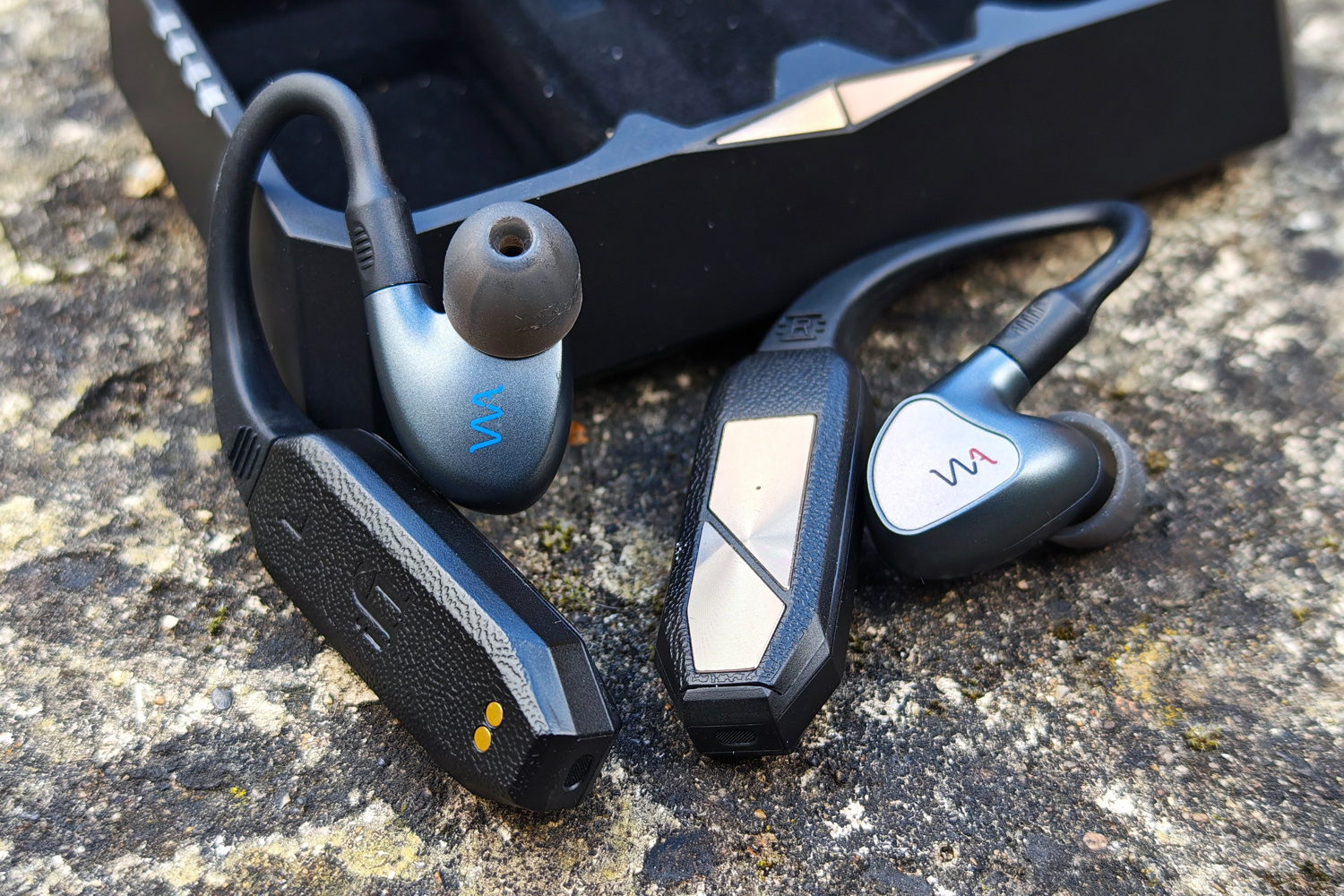
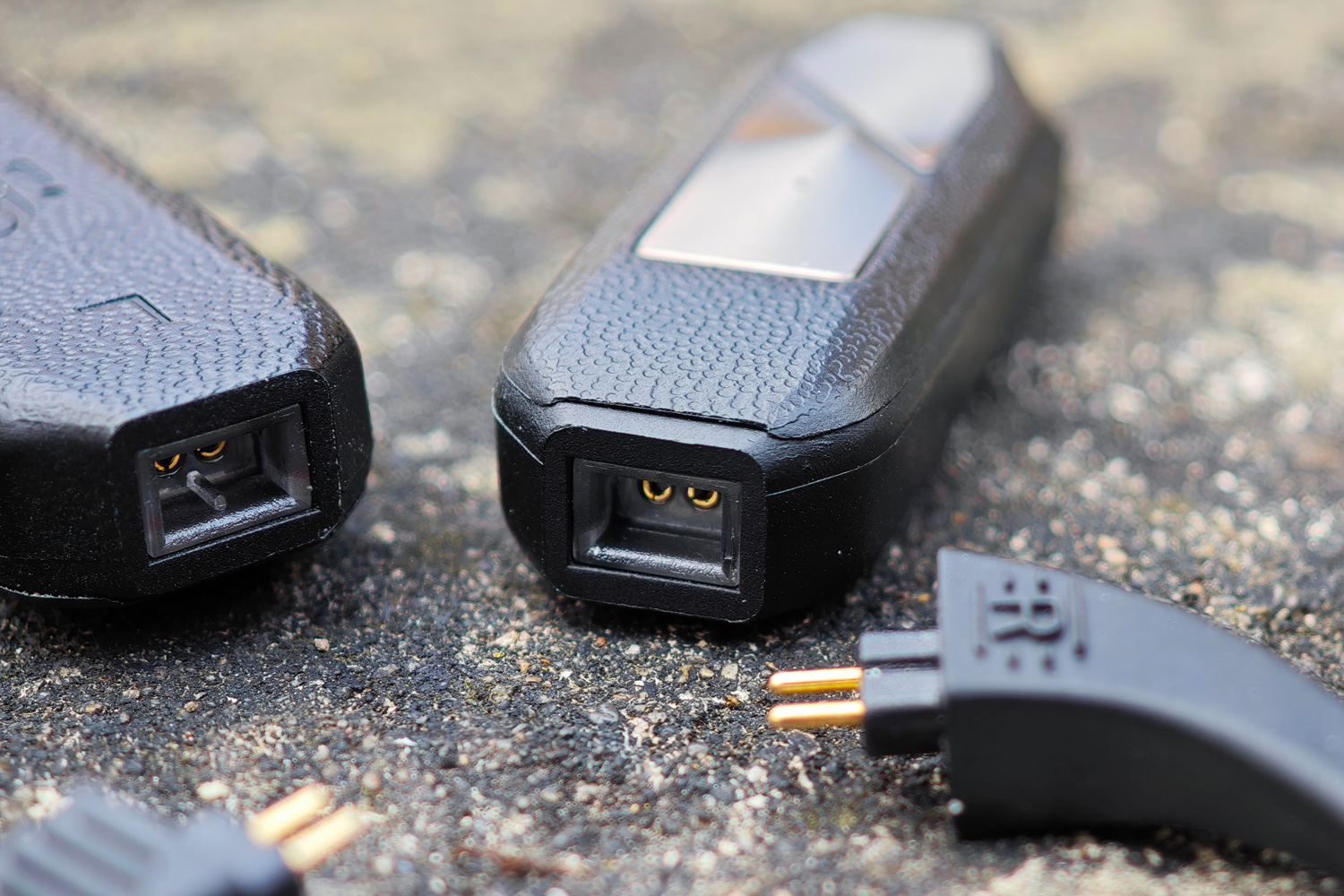

The Go Pod might use a Qualcomm chipset for connectivity, but iFi has gone its own way for audio processing. It’s got two 32-bit Cirrus Logic MasterHIFI chips – one in the left, one in the right pod. They’re easily up to the task of 24-bit/96kHz audio over LDAC, and with volume adjusted at a chip level rather in software, iFi hasn’t taken any sonic shortcuts.
Westone’s Mach 60 IEMs can sound a bit flat when paired with an underpowered source, but that’s absolutely not the case here. There’s ample volume, and all parts of the frequency range are delivered with gusto. There’s no audible noise floor, even with sensitive IEMs, because the buds detect your IEM’s impedance and deliver an appropriate output: 16, 32, 64 or 300 ohms. Whatever you plug into the Go Pod, they should be sufficiently powered.
Also expect zero distortion, no matter your IEM of choice. Switching to a pair of much more affordable Sennheiser IE200s, I was still impressed with the Go Pod’s range and clarity. There was more nuance than my two go-to pairs of wireless earbuds, the Jabra Elite 10 (to be expected, given its lack of higher quality codecs) and the Technics EAH-AZ80 (which is on more of a level playing field with LDAC support).
A great DAC shouldn’t colour the sound of your music, and that’s largely the case here. Even customising the filters through the app produces very slight differences, so what you hear is largely as the musician intended. High frequencies fall off a little earlier than they might when listening through a cable, but there’s very little in it unless you’re comparing with some seriously high-end wired kit, and some impeccably mastered music.
iFi Go Pod verdict
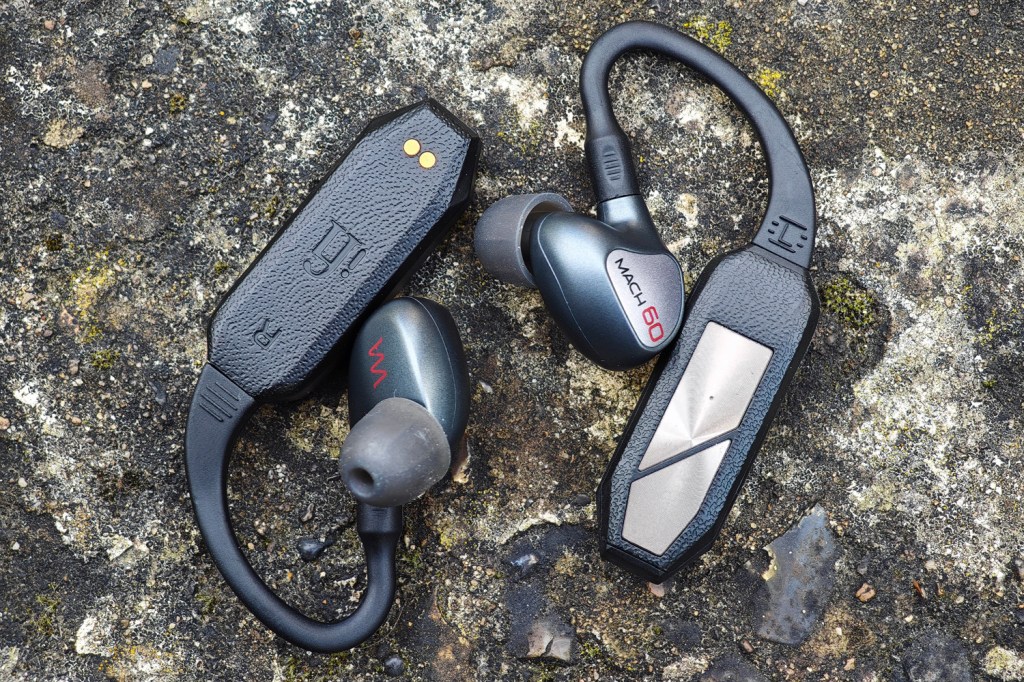
The iFi Go Pod isn’t for everyone. These wireless ‘buds aren’t the last word in fashion, live in an especially bulky charging case, and are mighty pricey – even before you account for the earphones themselves. I’m not convinced the bundle offers are the way to go as a result. But for anyone who’s already spent close to (or north of) four figures on a very nice pair of IEMs, I can absolutely see the appeal.
Shure’s second-gen Secure Fit Adapters look slicker, though they lack the iFi’s wide compatibility and LDAC Bluetooth. The FiiO alternative is also much cheaper, but with similar caveats to the Shure.
If you’re serious about sound, then, and want the freedom to go wireless with your existing kit, this starts to make more sense.
Stuff Says…
A versatile wireless upgrade for owners of top-tier IEMs, which majors on compatibility and codec support. Non-audiophiles won’t be converted from their basic Bluetooth earphones, though.
Pros
Should work with any detachable IEMs
Top notch Bluetooth codec support
Decent battery life
Cons
Charging case is huge
Companion app is super basic
iFi Go Pod technical specifications
| Drivers | N/A |
| ANC | No |
| Bluetooth version | Bluetooth 5.2 |
| Codecs supported | AAC/SBC/LDAC/LHDC/aptX Adaptive |
| Durability | not rated |
| Battery life | up to 7hrs / 35 hrs (buds/case) |
| Dimensions | 44x16x9.5mm, 12g (pods, each) 116x76x38.5mm, 126g (case) |



